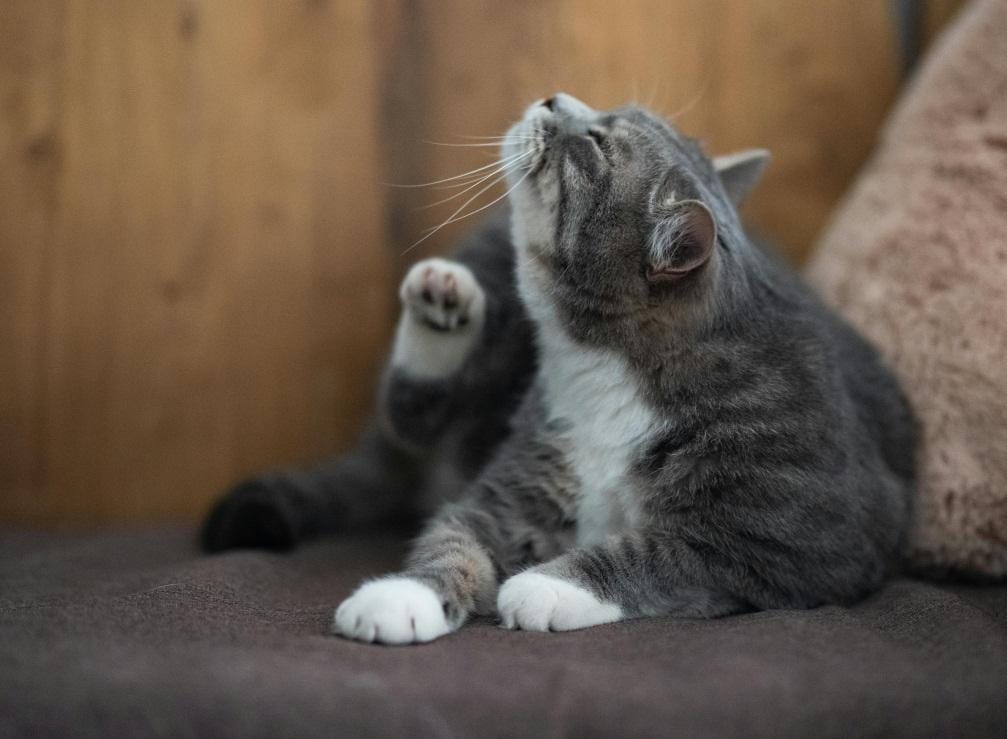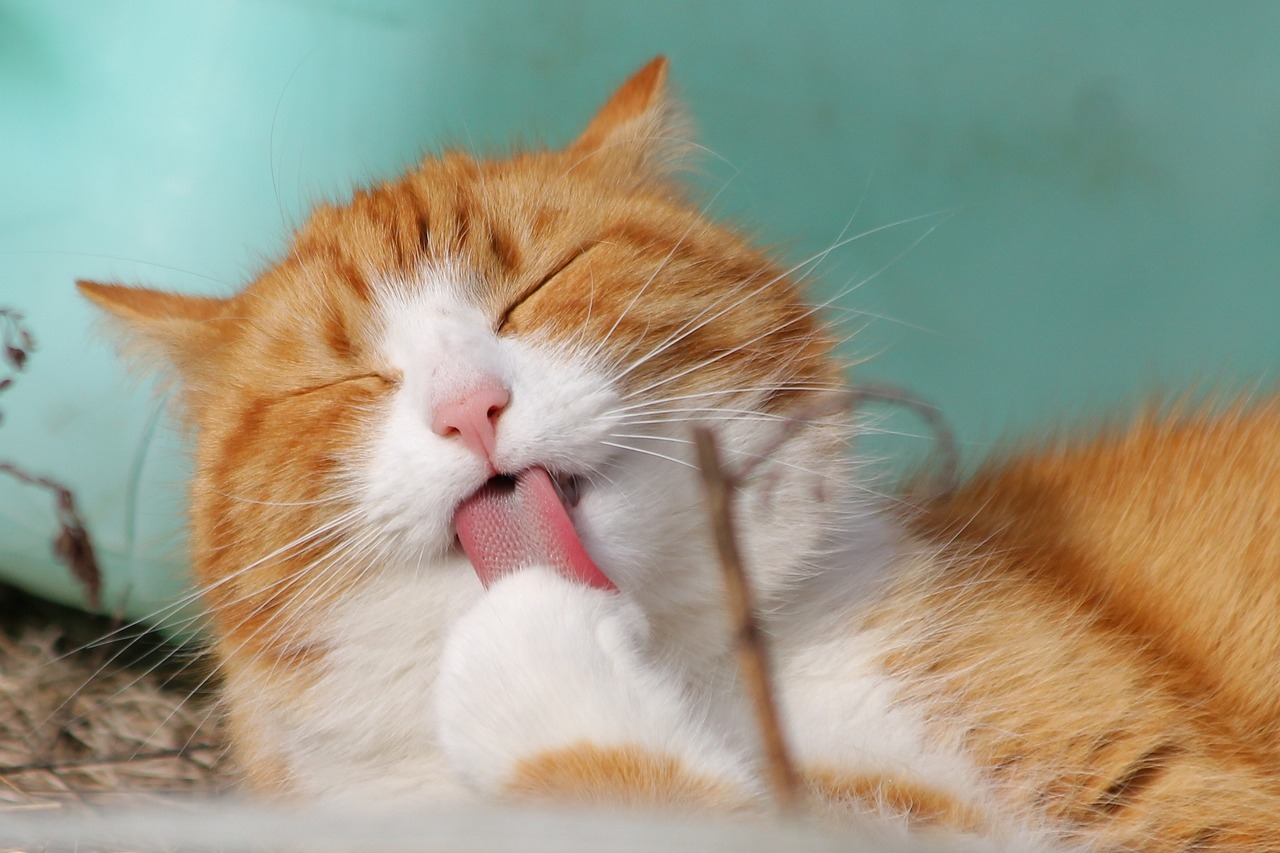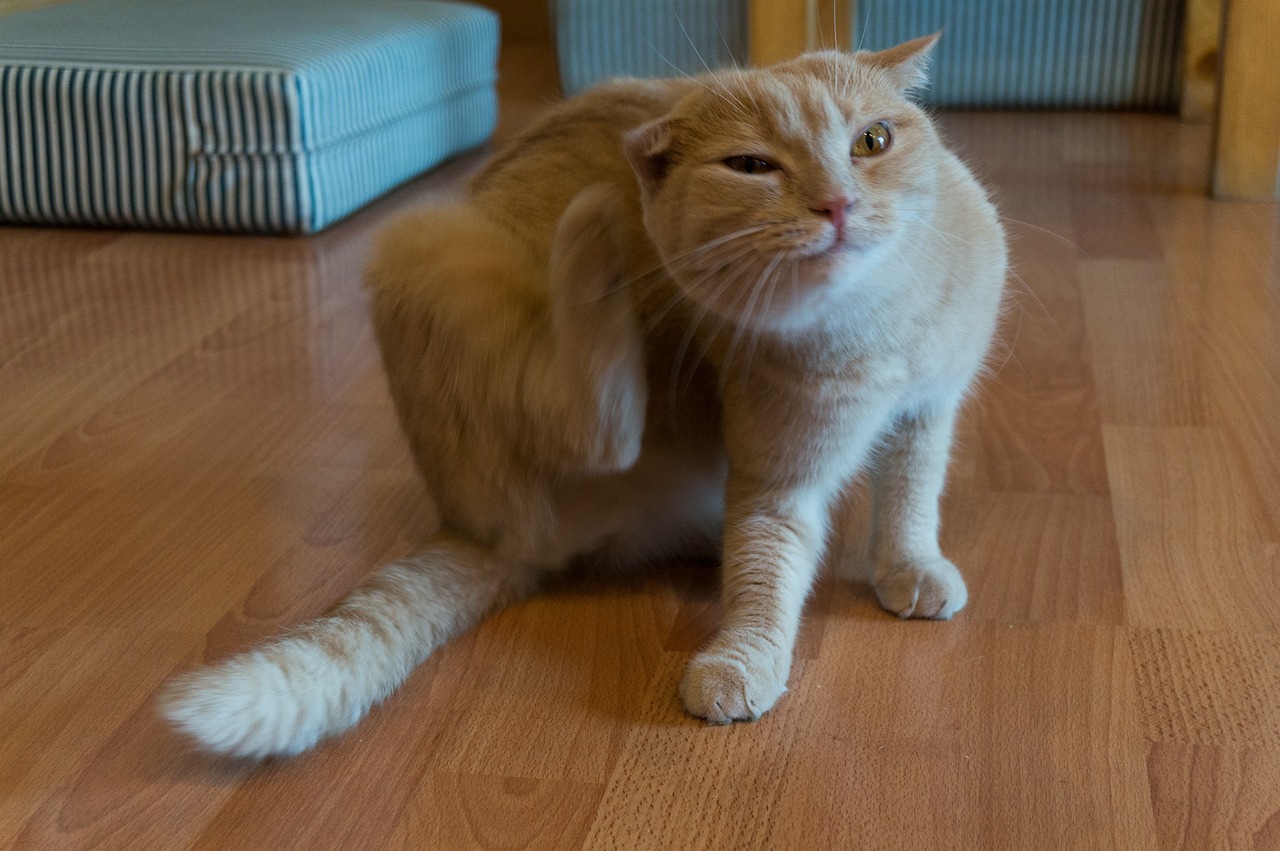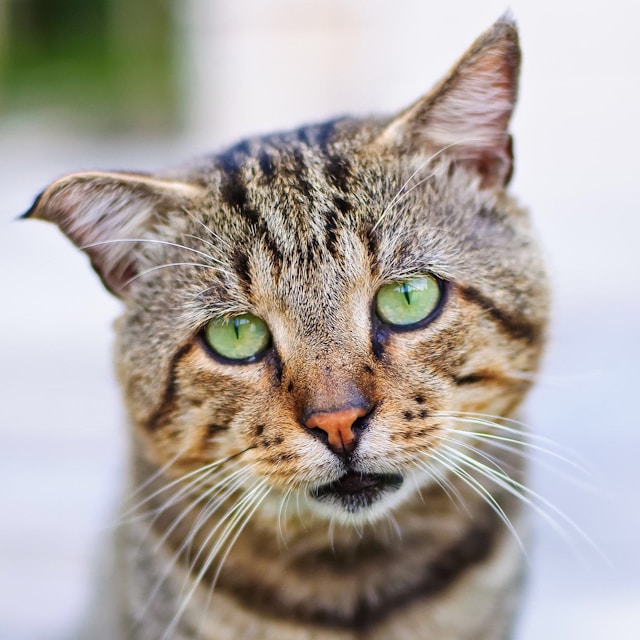Pixie-bob

| OFFICIAL NAME | Pixie-bob |
| COMMON NAME | Pixie-bob |
| PET HEIGHT | 9 to 13 inches |
| PET WEIGHT | 9 to 17 pounds |
| LIFESPAN | 13 to 15 years |
| GOOD WITH | cats, children, dogs, families, seniors |
| TEMPERAMENT | sociable |
| INTELLIGENCE | high |
| SHEDDING AMOUNT | normal |
| PLAYFULNESS | medium |
| ENERGY LEVEL | active |
| VOCAL LEVEL | quiet |
| COAT LENGTH | long, short |
| COLORS | blue/gray, cinnamon, fawn, red/orange |
| PATTERNS | tabby |
| OTHER TRAITS | easy to train, friendly toward humans, friendly toward other pets, friendly toward strangers, high potential for weight gain |
These cats are larger and more muscular than average, and there's a fascinating tale that they may have descended from a mix of domestic shorthair and bobcat ancestors. However, genetic testing confirms they are entirely domestic with a friendly personality that's devoted to their human families.
Pixie-bobs love learning new tricks and enjoy games like fetch, and they are always eager to join in mealtime. While they may remind you of wild cat breeds like the Bombay, Toyger, or Ocicat, Pixie-bobs pose no danger to their owners and are purely delightful companions.
Appearance
The Pixie-bob cat truly resembles its namesake, the wild bobcat. Most Pixie-bobs have black fur on the bottom of their paws and black skin around their eyes, lips, and chin. Their faces typically feature white fur on the chin and around the eyes. Their heads are pear-shaped with medium-sized ears that have tufts of hair inside. Pixie-bobs can have short or long coats, always with a dense, wooly double layer that feels rough. Their coats are often tabby-patterned, similar to North American bobcats, and come in various colors like fawn, orange, or light gray.
Pixie-bobs' tails can be short or absent altogether, though show cats must have tails between 2 to 4 inches long. Occasionally, Pixie-bobs may have regular-length tails, which is acceptable in shows. Many Pixie-bobs are polydactyl, having extra toes, typically five on each front foot and four on each back foot, though some may have six or even seven toes.
Both male and female Pixie-bobs can reach heights of 12 to 13 inches, although some larger males have been recorded. They are sturdy and muscular cats, with males usually weighing up to 14 pounds, though some huge males can weigh as much as 25 pounds.
Personality
Pixie-bobs may have a wild name, but they're actually gentle and laid-back pets. Unlike typical cats that meow a lot, they prefer making soft sounds or gentle nudges to communicate.
According to Janda Keenan, who breeds Pixie-bobs at Emerald Exotic Cats, these cats are intelligent and love to play and hang out with their owners. They're not the type to hide under furniture; instead, they're known as "adventure cats" because they enjoy joining you on trips, whether it's riding motorcycles, going for car rides, or hiking.
Despite their adventurous spirit, Pixie-bobs aren't hyperactive like some other breeds, such as Bengals or Savannah cats. They're happy to relax on your lap and take plenty of cat naps, striking a good balance between playfulness and calmness.
According to the International Cat Association (TICA), pixie-bobs are friendly toward other cats and can get along with dogs after a patient introduction. They're robust travel companions and are also known for being great playmates for children.
Living Needs
Since Pixie-bobs are large and sturdy cats, it's important to give them ample space to stay active and burn off energy. They're lively and enjoy playtime, although not overly hyper, so you can expect some fun and energetic play sessions with them.
According to Keenan, Pixie-bobs are quite dog-like. They'll stick close to you, can be trained to walk on a harness, enjoy going on adventures, and are friendly towards strangers.
Ensure you provide plenty of interactive toys for your Pixie-bob to play with. Cat trees and high hammocks are also great for them to climb and relax on. Pixie-bobs are natural outdoor explorers and will thrive on walks with a leash or harness.
Care
Like many breeds with double coats, long-haired Pixie-bobs need regular grooming to manage their wooly fur, which tends to catch and hold onto debris. They also shed quite regularly. To prevent tangles and excess hair, it's recommended to brush your Pixie-bob at least three times a week. However, if your Pixie-bob has a shorter coat, grooming needs are minimal.
It's important to monitor the feeding habits of Pixie-bobs, as they can easily gain weight. Controlled feeding times are preferable over free feeding to maintain their health.
Dr. Carol Margolis, from the Gold Coast Center for Veterinary Care in Long Island, NY, advises that if free-choice feeding is chosen, it's best to only leave out their recommended daily caloric intake. Like all cats, Pixie-bobs also require regular nail trimming, ear cleaning, and a clean litter box to stay healthy and happy.
Health
The Pixie-bob cat breed is known for its robust health due to crossbreeding with various other cat breeds. On average, they live up to 15 years without specific health issues unique to their breed. However, like all cats, they can be prone to common conditions such as heart disease and kidney problems.
Dr. Michelle Beck from Backlund Animal Clinic in Omaha, Nebraska, explains that chronic kidney diseases are widespread among cats, but with proper care and monitoring, many can live comfortably for a long time despite this condition. She also notes that by the age of 10, about 70% of cats may develop arthritis, a condition they often conceal well.
Dr. Margolis adds that cats have a genetic predisposition to hide signs of pain, a survival trait from their days in the wild, where showing weakness could make them vulnerable to predators. This behavior makes it crucial for cat owners to schedule regular veterinary checkups, even if their cats show no obvious symptoms, to detect and manage any health issues early on.
Exercise Requirements
The Pixie-bob is a breed that's easygoing yet lively, requiring regular exercise for both physical and mental health. This is crucial because Pixie-bobs can easily gain weight. It's recommended to dedicate daily time for your Pixie-bob to stay active. If you're away from home, provide mentally stimulating toys to keep them engaged and help burn off energy.
Cat trees are excellent for keeping Pixie-bobs entertained, especially if placed by a window. These cats are known for bonding closely with their owners, so they'll naturally find ways to stay active, whether through playtime or following their human around the house.
Training
Great news about Pixie-bobs—they're known for being easy to train. They take well to wearing a leash and love exploring. Their smarts make litterbox training a breeze. To reinforce good behavior, praise your Pixie-bob and maybe give a treat when they use the litterbox correctly. This positive reinforcement helps them learn and keeps them happy.
History
In 1985, a Mount Baker, Washington resident named Carol Ann Brewer rescued a male stray cat she named Keba, as reported by TICA (The International Cat Association). Keba was a large cat, standing almost as tall as Brewer's knees. Shortly after bringing him home, Keba mated with a neighbor's domestic shorthair cat. One of the kittens from this litter, a female with bobcat-like spots and a short tail, captured Brewer's heart and was named Pixie. Pixie would later become the foundation cat and namesake of the entire Pixie-bob breed.
Initially, it was believed that the Pixie-bob breed had bobcat ancestry. However, subsequent DNA research has clarified that the Pixie-bob is a fully domestic breed. It is distinct not only from bobcats but also from other bob-tailed breeds such as the Manx, American Bobtail, and Japanese Bobtail.
The Pixie-bob breed achieved provisional status from The International Cat Association in 1993 and was granted champion status in 1998.
Fun Facts
Pixie-bobs are unique among cats because they must have extra toes to meet breed standards. According to TICA, the most they can have is seven.
Their coat patterns on a Pixie-bob go right down to their skin. If you were to shave them, you'd still see their markings on their body.
Compared to other breeds described as "dog-like," Pixie-bobs really stand out. They can learn tricks, enjoy going for walks, and even respond to simple commands like "no," "get down," and "come here."
Get insurance plans with wide-ranging coverage options













